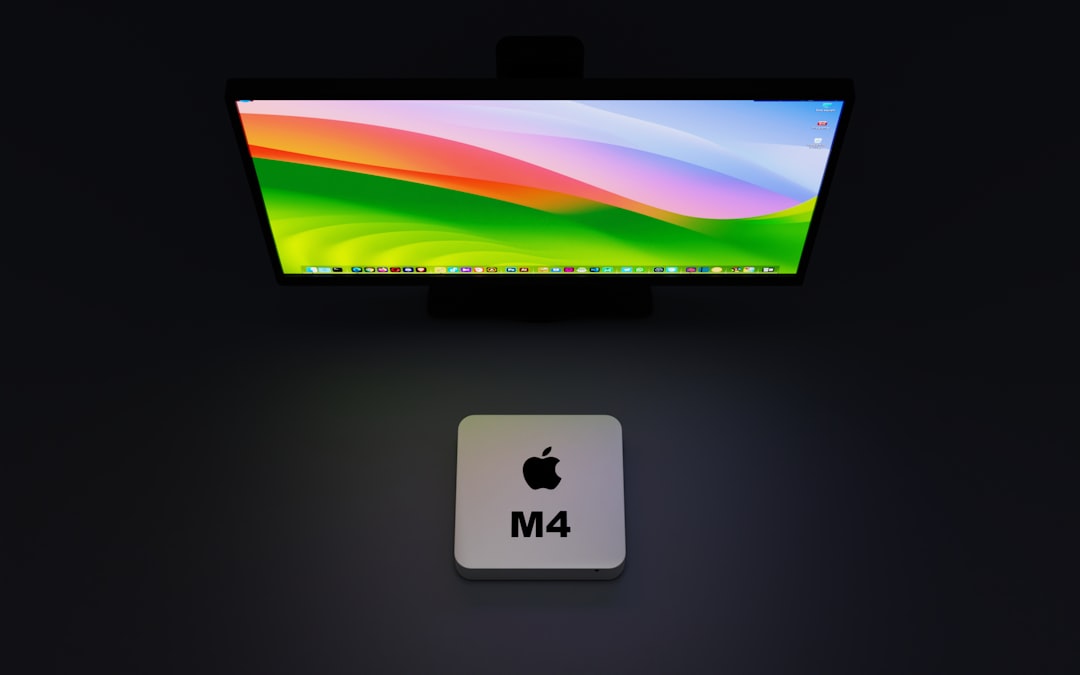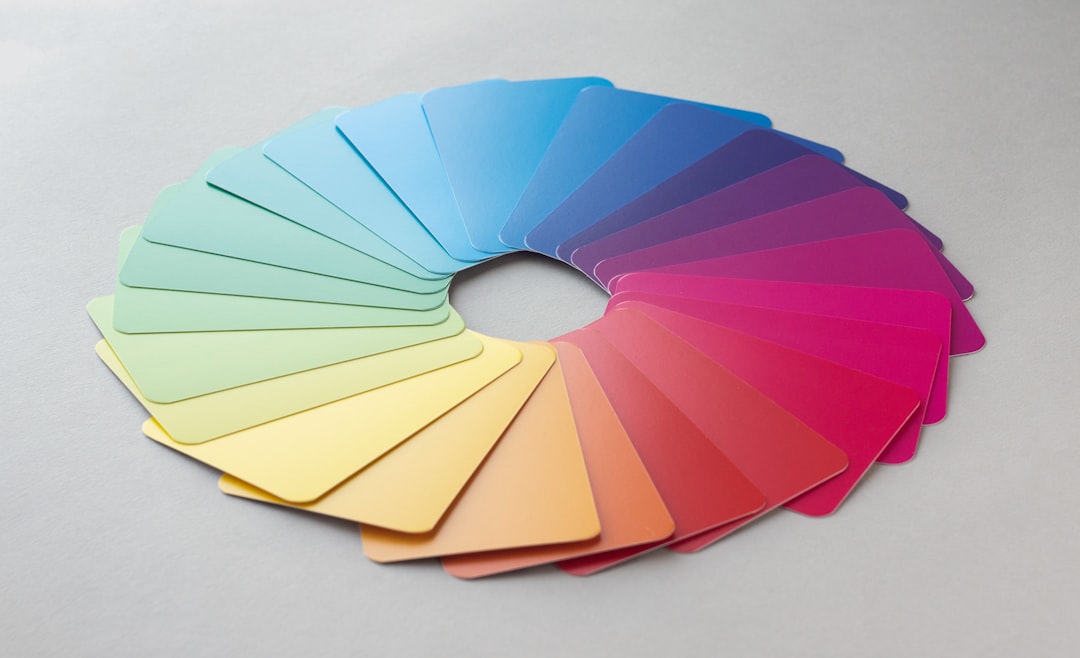Color is a fundamental component of visual computing, and having consistent, accurate colors across devices is essential for everyone from casual users to professional designers and photographers. Whether you’re editing photos, designing graphics, watching movies, or just browsing the web, color consistency ensures what you see on your screen is what others see as well. This is where color management plays a vital role. While both Windows and macOS offer built-in color management tools and protocols, their implementations and ease-of-use differ significantly.
What Is Color Management?
Color management is the process of translating colors across different devices like monitors, printers, and cameras. Each device interprets color differently due to its physical and technical limitations. Through the use of ICC profiles (developed by the International Color Consortium), color management systems adjust colors to maintain visual consistency and accuracy.
For example, a bright red on a photographer’s calibrated display should appear similarly on a printed photo and on another screen. A managed workflow corrects the color data from the source, modifies it using the ICC profile, and then sends it to the destination device adjusted for its capabilities.
Built-in Color Management on Windows
Windows has supported color management for many years. Since Windows Vista, the system contains a color management module called Windows Color System (WCS), which builds upon ICC standards. However, managing and calibrating colors in Windows is not always straightforward.
Main Features of Windows Color Management:
- Control Panel Tools: Under “Color Management” in the Control Panel, users can assign ICC profiles to displays and devices.
- Advanced Settings: Allows users to choose rendering intents, associate profiles with specific devices, and use calibration software.
- Display Calibration: Includes a basic display color calibration tool that offers gamma correction, brightness, contrast, and color balance adjustments.
While powerful, Windows’ color management tools tend to be deeply buried in settings, and casual users may find them overwhelming. Professionals often turn to third-party tools like DisplayCAL or manufacturer bundles to streamline their workflow.

Challenges and Limitations on Windows:
- Lack of uniformity across applications: Not all Windows applications are color-managed. For instance, default apps like Photos may not respect ICC profiles, leading to inconsistent display of colors.
- Multiple Monitor Configurations: Users with dual monitors often struggle with assigning different ICC profiles to each screen. While Windows supports per-monitor profiles, this sometimes fails due to video driver inconsistencies.
- No True System-Wide Color Management: Some parts of the Windows UI and even some Microsoft apps do not use color management, causing visual mismatches.
Color Management in macOS
Apple’s macOS has long been lauded for its focus on visuals, and its built-in color management system is a testament to that. It uses a component known as ColorSync, which is tightly integrated into both the operating system and Apple’s suite of apps.
Main Features of ColorSync:
- System-Wide Color Management: Nearly all elements of macOS — from the system UI to multimedia applications — support consistent color management via ColorSync.
- Display Preferences Tool: Displays in macOS can be easily profiled using the Display pane in System Settings, which offers basic calibration as well as profile assignment.
- ColorSync Utility: A powerful tool found in the Utilities folder that allows users to inspect, convert, and repair ICC profiles.
Because macOS is built with creators in mind, Apple ensures that color management applies consistently across the operating system. Most built-in applications are color-managed, including Safari, Preview, and QuickTime.

Strengths of macOS Color Management:
- Uniform Consistency: Thanks to system-wide support, colors are rendered consistently across virtually all apps, including third-party software that respects ColorSync.
- Simplicity and Transparency: Apple offers a minimal setup experience while maintaining professional-level accuracy behind the scenes.
- Advanced Control for Pros: If you venture into the ColorSync Utility, you’ll find the ability to process color conversions and verify profile integrity.
How Calibration Devices Play a Role
For true color accuracy, both Windows and macOS users often rely on hardware calibration tools like the X-Rite i1Display Pro or the Datacolor SpyderX. These devices measure the output of your display and build a precise ICC profile tailored specifically for you.
While each operating system supports the resulting profile, the ease of integration varies:
- Windows: After creating an ICC profile, it must be manually associated with the correct display. Some profiling software automates this, but not all.
- macOS: Profiles generated by the calibration hardware are immediately available in the Display Preferences pane and typically set automatically.
Application Support and Real-World Usage
Even with good system-level color management, it’s the applications that ultimately define the color experience. Here’s how the two systems compare with respect to common professional apps:
| Application | Color-Managed on Windows | Color-Managed on macOS |
|---|---|---|
| Adobe Photoshop | Yes | Yes |
| Adobe Lightroom | Yes | Yes |
| Web Browsers | Some (Firefox, Chrome with flags) | Most Browsers |
| Microsoft Photos | No | N/A |
| Preview (macOS) | N/A | Yes |
Color Management in Web Browsers
The web is a uniquely challenging area for color management because users consume content on every imaginable type of display. Browsers like Firefox and Safari offer excellent color profile support:
- Safari (macOS): Fully color-managed, using embedded color profiles correctly and falling back to the monitor profile if not present.
- Chrome: Generally supports color management, but may require flags to be set on Windows for full ICC support.
- Firefox: Offers advanced settings to fully support color profiles on both Windows and macOS.
This is particularly important for photographers, designers, or e-commerce businesses, where color accuracy plays a business-critical role.

Which OS Handles Color Better?
If your workflow is highly color-critical, macOS often provides a more seamless experience. Thanks to ColorSync, applications and system components play nicely together with less need for user intervention. Apple’s tight control of hardware and software helps ensure that what you see is faithfully rendered.
Windows, by contrast, offers broader hardware and software compatibility, but that also introduces variability. It supports powerful color management features, but you often need extra effort or third-party tools to unlock their full potential. Expert users who demand control and flexibility may still prefer Windows, especially in enterprise or custom hardware scenarios.
Final Thoughts
While color management might seem like a niche concern, its role is central to the digital visual experience. Whether printing a brochure, retouching a photo, or simply enjoying a well-mastered film, accurate color transforms how content is perceived. Both Windows and macOS have made color management accessible, but they cater to different levels of user expertise and needs.
Understanding the strengths and weaknesses of each platform can guide users to make informed decisions about software, hardware, and workflows that depend on visual fidelity.